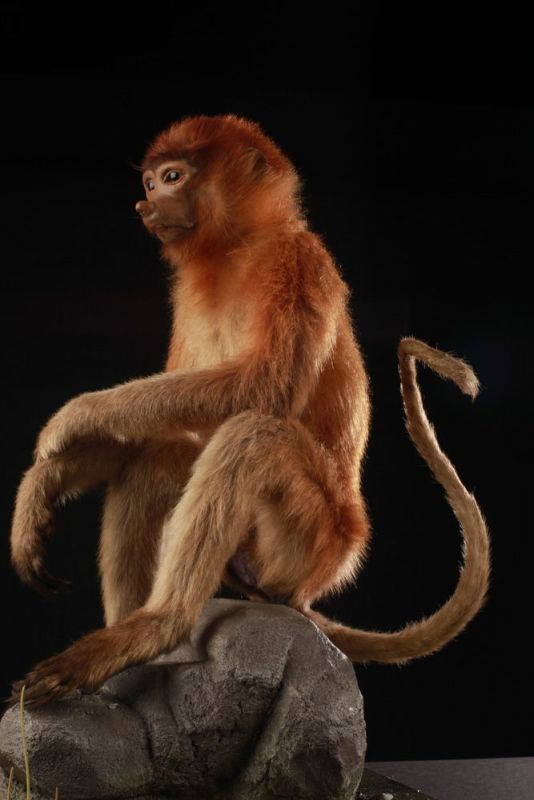European Polecat – Mustela putorius putorius
European Polecat – Mustela putorius
The European polecat is also known as the black or forest polecat.
It is a species of mustelid native to western Eurasia and North Africa. It lives in places as diverse as grasslands, in damp places, in wooded plains, in the mountains or in the desert.
It is of a generally dark brown colour, with a pale underbelly and a dark mask across the face. Occasionally, colour mutations, including albinos and erythrists, occur.
Compared to minks and other weasels, the polecat has a shorter, more compact body, a more powerfully built skull and dentition and is less agile. Its size is about 35 to 45 cm, and its weight varies from 1 kg to 1.5 kg for males, against 500 to 600 g for females. It is easily distinguished by its small slightly stocky cylindrical body and its coat dominated by two distinctive colors, yellow on the back and black on the belly. Its fine fur is smooth. Its head, triangular, is characterized by a black and white pattern. It has small ears with bright colored eyes. Its legs are short with long fingers ending in claws. Its tail is short and bushy.
It should not be confused with the skunk that has a white pattern on the back.
Polecat can adapt to all environments, but prefers moist places close to a water source. It has a preference for open habitats, although sometimes noticing in the woods. The animal is primarily nocturnal, but do not hesitate to come out in daylight. Its approach is unobtrusive and quiet, especially when hunting. Its form brings it powers on the swimming and diving, it also climbs on rare occasions.
By its solitary lifestyle, polecat is a timid animal. In case of danger, It shouts and emits smelly substances secreted by its anal glands. It also uses this to mark territory, an efficient process because the smell can be felt 1 km around, avoiding predators to approach.





